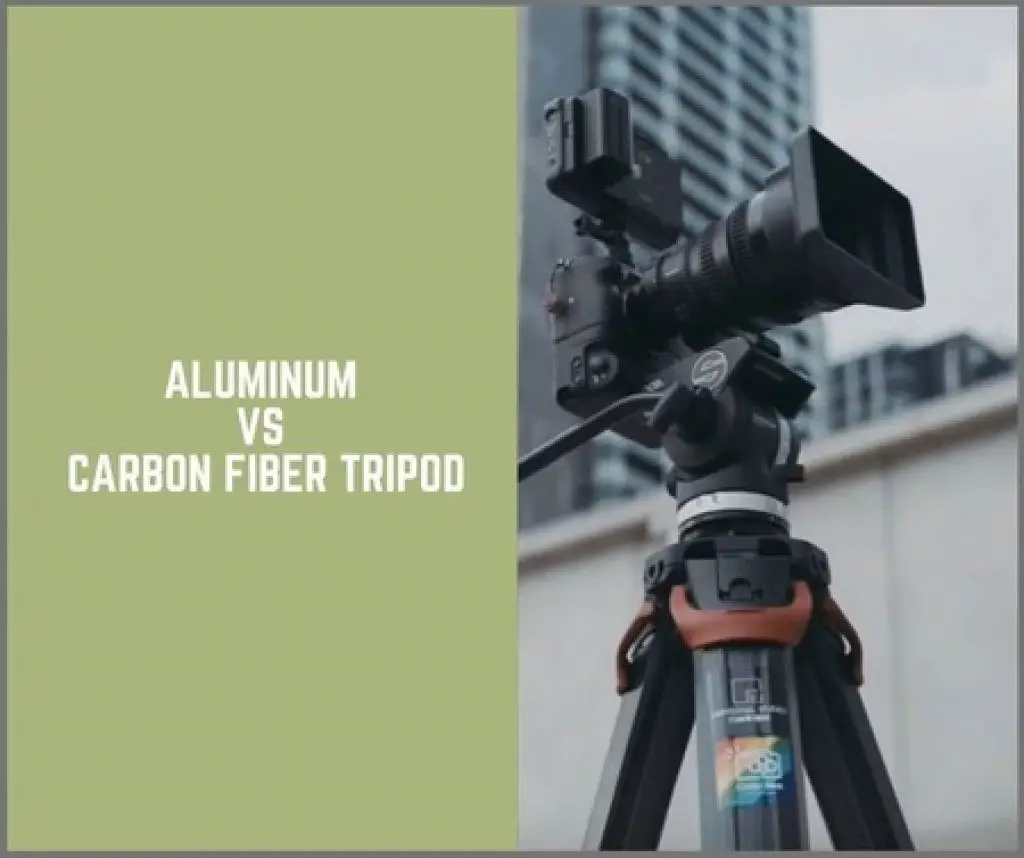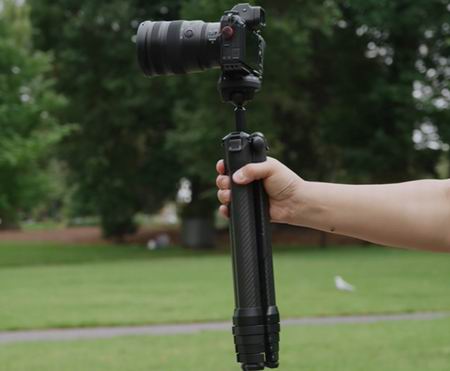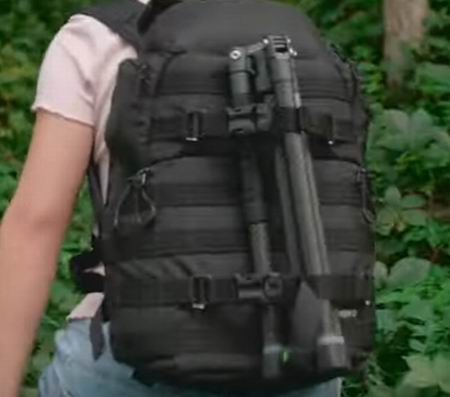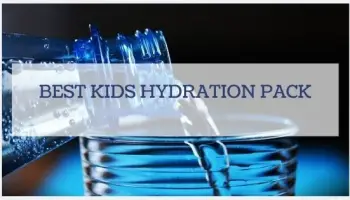
Spring is an amazing time to capture nature. The weather in Arkansas is mild and pleasant. It grants us multiple photo opportunities. You’ll need a reliable tripod. It’s necessary to steady your camera. Let’s compare aluminum vs carbon fiber tripod. These two materials are common in the industry. Which stand is compact and lightweight enough to travel with? Which one is preferable to reduce your camera shakes? Understanding the differences is important. I hope, it helps you to make a confident decision.
What is a Tripod Used for?
Do you like nature? If so, travel a lot and capture your breathtaking adventures. In spring, landscapes are beautiful and ever-changing. It might be raining or cloudy right now. In a moment the sun shines, hanging the view dramatically. You might be lucky to capture the last snowfall in February, tornado in April or Arkansas River flood in May.
For example, the Arkansas River Trail grants you unsurpassed opportunities. Here, you can spot a raccoon or an elegant egret. How will you capture flying birds? Your camera might shake while you are taking shots of cityscapes or sports action. To avoid it, elevate and stabilize your camera.
A lightweight travel tripod for mirrorless camera is to provide essential stability and sturdiness. Quite naturally, tripod height, head type, and leg angles matter.
See right now a better choice
Best flexible tripod for GoPro might consist of neo rubber. They may include rubberized rings, ABS plastic or metal wire. Anyway, your camera support is to be:
- portable;
- lightweight;
- compact;
- durable;
- stable;
- shatter and weather-resistant.
Let’s discuss tripod materials. Which one shows the best performance and temperature resistance?
Is Carbon Fiber Better than Aluminum?
Quite naturally, metal stands are much better than wood ones. Older tripods included only wood and brass parts till the 19th century. However, reinforced polymer that is called carbon fiber is a recent invention. It belongs to Roger Bacon, the invention dates from 1958.
That is, the famous physicist invented graphite fibers. Is graphite and carbon fiber the same? This material refers to a class of carbon fiber. But let’s discuss it later. Now I would like to analyze properties of aluminum and strong, reinforced polymer.
FRP vs Aluminum
In this table, I take weight of Roadtrip Classis models as a basis. Travel tripods are beneficially lightweight, easy to carry. Is it possible to compare Mefoto Roadtrip vs Globetrotter Classic models? Both of them include aluminum and carbon fiber versions.
So, modern, reinforced polymer material is beneficial in many aspects. Carbon fiber vs steel is much stronger. Young’s modulus is a property that measures stiffness of materials. Tensile strength shows maximum stress a tripod can withstand. Aluminum supports are still trendy.
Can the Best Travel Tripod Consist of Aluminum?
Initially, tripods were useful in scientific laboratories. They supported surveying instruments such as theodolites or levels. Sir Francis Ronalds manufactured the first modern tripod in Croydon, UK. This invention dates back to the late 1920s. Sir Francis sold 140 advanced surveyor’s tripods.

- Durable.
- Affordable.
- Springy.
- Cold-resistant.
When it goes about used tripod heads, material also matters. It is to be solid and reliable. Metal parts that include magnesium or aluminum alloy are preferable. Plastic ones might be quite flimsy and fluid. I don’t recommend them to you.
What Are the Advantages of Carbon Fiber?
Do you like photographing outdoors? Which tripod legs do you need? If you suffer from nasty winds, vibration resistance matters. Stability and rigidity are important. Comparison with traditional aluminum stands shows evident results. A heavy-duty carbon fiber tripod is more:
- lightweight;
- corrosion-resistant;
- stable;
- stiff;
- sturdy.
When you travel, it matters. During a trip, carrying a bulk or heavy-weight tripod all day long would be difficult. Do you suffer from nasty winds? Large diameter legs and platform are helpful. In some cases, a tall tripod is not the best choice. You’ll need to spread the legs wider.
Carbon fiber vs aluminum tripod stability is commonly better. Quite naturally, it depends on the brand and quality. It’s about 20% more stable. That is, you get sharp images even at comparatively fast wind speeds. Aluminum is a metal, it may corrode and dent. It conducts heat, making you wear gloves in winter.
Carbon fiber is scratch-resistant. It withstands high temperatures. Its downsides are minor. Carbon fiber vs titanium tripod is weaker. Its ability to withstand compression and impact loading is not perfect. Reinforced polymer shows decent resistance to UV radiation. Additionally, it’s not ductile. Your modern tripod might shatter in extremely cold conditions. But only if you strike it with something hard.
What is Real Carbon Fiber?
Do you think, reinforced polymer is plastic? Carbon fiber is a kind of textile. Plastic like epoxy usually covers the surface. Therefore, it’s soft and pleasant to touch. These supports withstand submersion into salt water and impacts.

Manufacturers obtain carbon fiber by carbonization of various materials. Composites, rayon or pitch pine are in the list. Thus, materials differ by classes. 4 tensile modulus exist, such as:
- standard;
- intermediate;
- high;
- ultrahigh.
Graphite fibers are ultrahigh. They consist of petroleum pitch. The fibers stand out by three-dimensional structures. Their carbon content is not less than 99%. Applications of the material are limited. They include spacecraft, aircraft, and electronic packaging.
General Impression
Are you going to buy a suitable tripod to support your camera? Consider multiple factors, including height, leg angle, and compactness. Materials matters. Aluminum and carbon fiber are worthy choices. Modern, expensive devices are preferable. They show perfect performance and stability. But don’t limit your selection. Traditional metal devices have their undeniable advantages. So, make your choice and start traveling. Take your amazing, sharp photos and enjoy nature!




